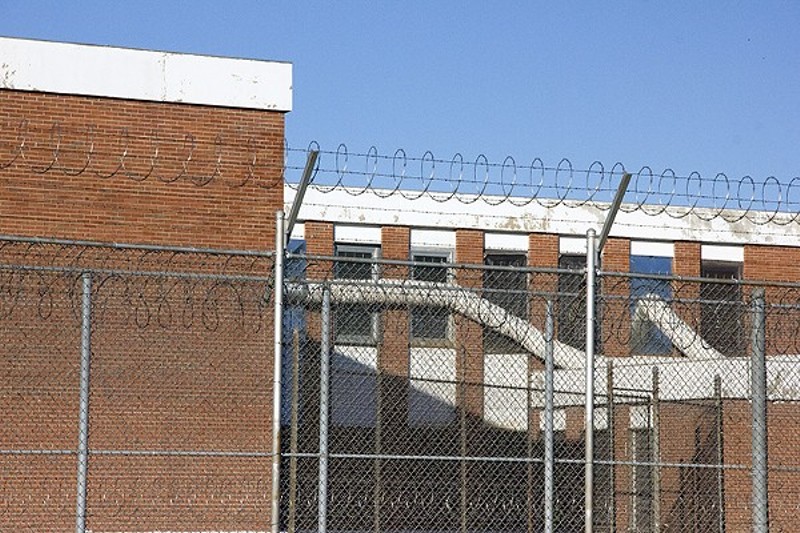
DANNY WICENTOWSKI
St. Louis prosecutors and public defenders have worked to identify people to release from city jails.
Missouri jails could be headed for deadly outbreaks of the coronavirus if they don't start releasing inmates, according to a group of advocates, academics, law enforcement and clergy.
In a letter to the Chief Justice of the Missouri Supreme Court, the group outlines a plan to release people who pose little threat to society, including those held on low-level non-violent felonies and municipal violations and people who are elderly or can't afford cash bail.
"Missouri's jails are filled with some of the most vulnerable people in the state, and the reality of incarceration means jails are hot spots for disease even under normal circumstances,” Mary Fox, Director of the Missouri State Public Defender office, said in a written statement. “COVID-19 is unlike anything Missouri has seen, and reductions in the jail population will be necessary in order to avoid significant suffering and death."
Jails in the metro have already begun the process of releasing inmates to reduce the numbers of people locked up in the two facilities. On Wednesday, Circuit Attorney Kim Gardner and District Defender Matthew Mahaffey of the St. Louis City Public Defenders Office announced they had identified 56 people with "low-level offenses or significant health issues" who were awaiting trial and would ask the court to release them immediately.
"The harsh health realities of COVID-19 demand unique collaboration from all persons, groups, and organizations within the criminal justice community in order to ensure justice is pursued in a humane and consistent manner," Mahaffey and Gardner said in a joint statement.
The St. Louis Post-Dispatch reported that St. Louis County planned to release more than 100 people, and St. Charles County had cut its jail population by about 20 percent.
So far, the efforts to slow the spread of the virus by holding fewer people in jail have been county by county. In the letter to the Supreme Court, the group is asking for a statewide directive to release people. The letter writers note that it not only protects inmates, but jail staff, including corrections workers and nurses.
"With the virus rapidly spreading across Missouri and the rest of the country, and people cycling in and out of city and county jails daily, it is a matter of when — not if — the virus will infiltrate Missouri’s jails," the letter says.
Along with public defenders, the letter was signed by a wide variety of organizations and individuals, including ArchCity Defenders, the NAACP, Roderick and Solange MacArthur Justice Center, American Civil Liberties Union of Missouri and city of St. Louis Sheriff Vernon Betts.
"This letter reflects the broad consensus of concerned individuals and organizations across the state that the current population in Missouri’s jails presents a clear and present danger during this public health crisis," Blake Strode, executive director of ArchCity Defenders said in a written statement. "There are people all across the state caged in jails, many of them serving sentences on low-level charges or detained on cash bonds that they cannot afford to pay. We feel very strongly that everyone should do their part to significantly reduce the number of people behind bars, and we are hopeful that the Court will agree.”
The request for a statewide order was opposed by the Missouri Association of Prosecuting Attorneys.
"Local authorities such as sheriffs and judges after input from prosecutors and defense attorneys are in the best position to review and make decisions about the release of any individual inmate," the organization said in a news release. "They are able to consider not only public health issues but also the nature of the offense, the criminal history of the defendant, the defendant’s record of appearing in court when ordered to do so, whether the defendant is in custody for reoffending after an initial offense, the defendant’s probability of reoffending, and the safety of the victim."
We welcome tips and feedback. Email the author at [email protected] or follow on Twitter at @DoyleMurphy.





